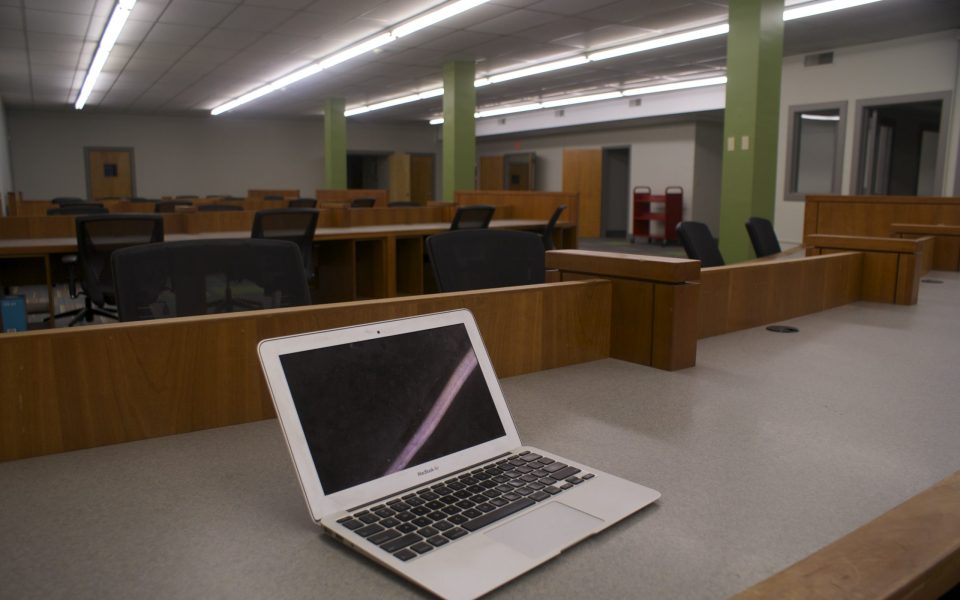It cost Guilford County Schools $1 million to learn that it needs to spend $1.5 billion just to bring everything up to speed.
The million-dollar consultant’s report showed serious deficiencies in 34 of 126 schools — 27 percent, three-quarters of which are in predominantly black and brown neighborhoods — ranging from inadequate facilities and “educational suitability” to building deficiencies. No big surprise there.
They recommended Guilford County Schools invest $1.5 billion in upgrades and new construction, and “repurpose,” or close, 10 schools: Bessemer, Hampton and Vandalia elementary schools; Kiser and Welborn middle schools; and SCALE School, Kearns Academy, Twilight High School and Old McIver School.
This is not to say that the county will follow these endorsements — though they did cost a million bucks, and there doesn’t seem to be any other plan in place.
It’s clear, though, that Guilford’s schools are in a state of atrophy. Some of the buildings are truly ancient, many of them surrounded by “temporary classroom” trailers, some of which have been in place since the 1980s. A few are without nursing stations or handicapped bathroom access.
But the consultant’s report, which also advised a new elementary school in the northwest — seems to address issues and social trends from 20 years ago, when the northwest quadrant of the county experienced growth largely on the reputation of its schools. And it seems to ignore the coming wave of Millennial offspring, that generation which is much larger than its predecessor, GenX, and is beginning to reproduce.
And it directs more resources to the northwest, which has been booming precisely because of previous investments in schools out there, than to schools in less affluent neighborhoods that are already so woefully behind.
More than all of this though, is the nature of our school system itself, another of last century’s institutions that is not faring so well in this one. We are applying the old solutions to new problems: a plurality of languages and cultures, legally mandated accomodations for special needs students on both ends of the bell curve, rising fuel prices, separate and unequal facilities, still.
We are looking at real estate and construction when we should be looking at servers, laptops and free wifi. We’re talking about classrooms when we should be talking about software. And we’re short-selling those kids most at risk of dropping into the school-to-prison pipeline.
Perhaps, instead of spending $1 million, the school board should have run “the future of education” through Google. The answer has nothing to do with bricks and mortar.
Join the First Amendment Society, a membership that goes directly to funding TCB‘s newsroom.
We believe that reporting can save the world.
The TCB First Amendment Society recognizes the vital role of a free, unfettered press with a bundling of local experiences designed to build community, and unique engagements with our newsroom that will help you understand, and shape, local journalism’s critical role in uplifting the people in our cities.
All revenue goes directly into the newsroom as reporters’ salaries and freelance commissions.


Leave a Reply